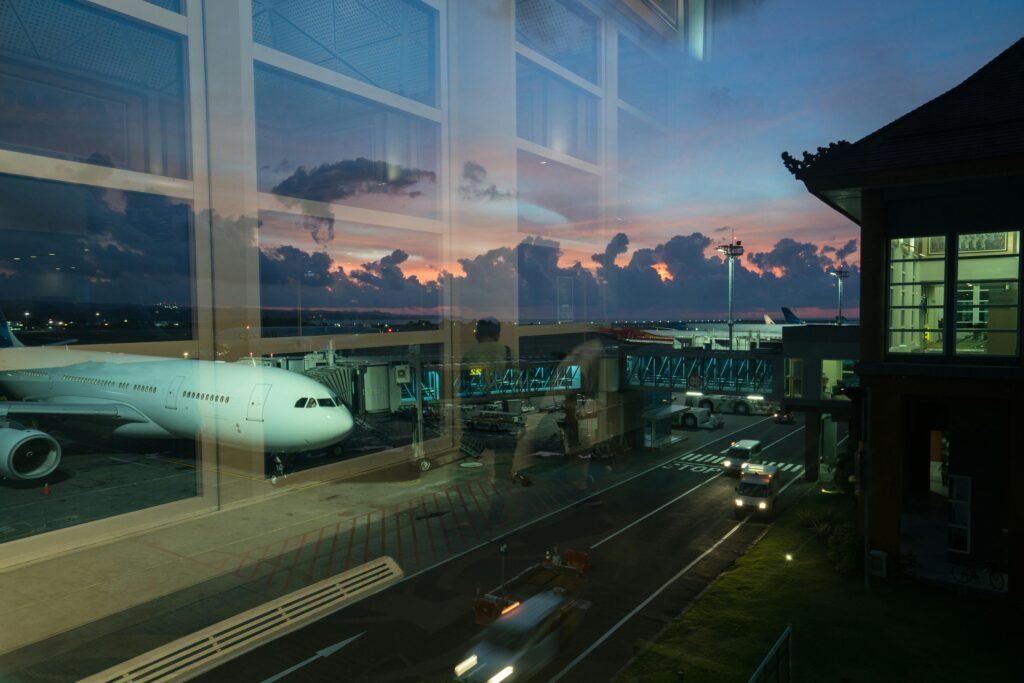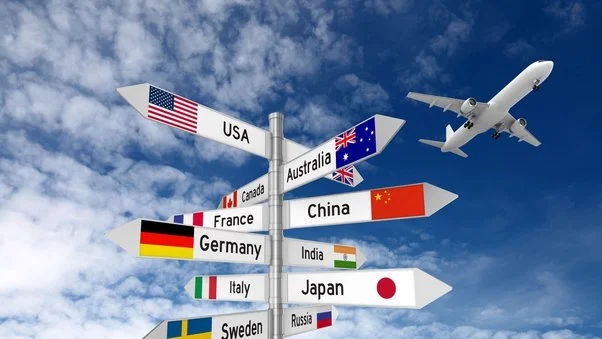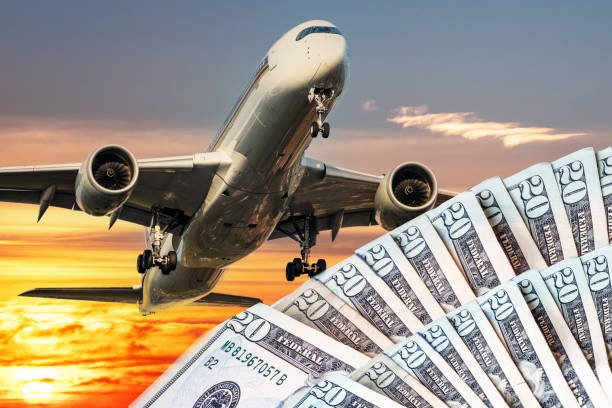Compare My Airline is a user-friendly platform offering seamless flight booking services. With an extensive database of airlines and competitive prices, it enables users to compare and choose the best deals. The website’s intuitive interface ensures a hassle-free experience and provides help with airline pricing, making it a go-to destination for convenient and cost-effective travel arrangements.
Introduction
Airline ticket pricing is a complex and dynamic system that significantly influences travelers’ choices. As passengers, we often find ourselves perplexed by the wide range of ticket prices for seemingly similar flights. In this article, we will delve into the intricate world of airline pricing, unraveling the factors that contribute to the costs we see when booking our flights.
Basic Components of Airlines Price
Ticket Fare
At the core of airline pricing is the ticket fare itself. This is the base cost of the journey, covering the airline’s operational expenses and ensuring a margin of profit.
Taxes and Fees
Beyond the ticket fare, passengers encounter various taxes and fees imposed by governments and airports. Understanding these additional costs is crucial for budget-conscious travelers.
Fuel Surcharges
Given the volatility of fuel prices, airlines may incorporate fuel surcharges to offset the impact of rising fuel costs. This component adds flexibility to adjust prices based on market conditions.
Dynamic Pricing Strategies
Airline pricing is far from static, thanks to dynamic pricing strategies. This involves adjusting ticket prices based on various factors, such as demand, supply, and even the time of booking. This dynamic nature allows airlines to optimize revenue and adapt to market fluctuations.
Understanding the concept of dynamic pricing is essential for passengers seeking the best deals. Airlines analyze real-time data to set prices, making it imperative for travelers to stay informed about the factors influencing these changes.
Seat Classes and Their Impact on Pricing
Airlines offer different seat classes—Economy, Business, and First Class—with distinct price points and amenities. The choice of seat class significantly influences the overall ticket price, catering to diverse passenger preferences.
For instance, First Class comes with luxurious perks, but at a premium cost. Meanwhile, Economy Class offers affordability but with fewer amenities. Deciding which class suits your needs is a crucial step in managing your travel budget effectively.
Seasonal Fluctuations in Airline Pricing
One of the key factors influencing airline pricing is the seasonality of travel. Peak seasons, characterized by high demand, often see increased ticket prices. In contrast, off-peak seasons present opportunities for budget-friendly travel.
To navigate these fluctuations successfully, travelers can plan trips during off-peak periods or leverage promotions offered by airlines during specific seasons.
The Role of Competition in Airline Pricing
Competition among airlines is a driving force behind pricing strategies. Airlines constantly strive to offer competitive rates to attract passengers. This healthy competition benefits consumers, providing them with a range of choices and potentially lower prices.
Understanding how airlines position themselves in the market can empower travelers to make informed decisions, balancing cost and quality of service.
Promotions, Discounts, and Loyalty Programs
Airlines regularly roll out promotions and discounts to attract customers. Savvy travelers can take advantage of these offers to secure cost-effective flights. Additionally, loyalty programs reward frequent flyers with exclusive perks, further enhancing the value of their travel experience.
Keeping an eye on promotions and participating in loyalty programs can lead to substantial savings over time.
Hidden Costs and Additional Charges
While booking a flight, passengers should be aware of hidden costs and additional charges that may not be immediately apparent. Baggage fees, seat selection charges, and in-flight amenities contribute to the final cost. Being mindful of these extras is crucial for an accurate budget assessment.
Technological Advancements in Pricing
Modern technology plays a pivotal role in shaping airline pricing. Machine learning and artificial intelligence enable airlines to analyze vast amounts of data, optimizing pricing strategies for both profitability and customer satisfaction. As technology continues to advance, we can expect further refinement of pricing models, benefitting both airlines and passengers.
Regulatory Factors Affecting Pricing
Government regulations and international agreements also impact airline pricing. Understanding the legal framework within which airlines operate provides insights into the fairness and transparency of pricing. Consumer protection laws play a crucial role in ensuring passengers’ rights are upheld throughout the booking process.
Understanding Fare Classes
Airlines categorize passengers into different fare classes, each with its own set of rules and conditions. Familiarizing yourself with these fare classes allows you to choose the option that aligns with your preferences and requirements. Whether seeking flexibility or cost-effectiveness, there is a fare class tailored to your needs.
Negotiation and Group Discounts
For those adept at negotiation, there may be opportunities to secure lower fares, especially when dealing with airlines directly. Additionally, group bookings often come with discounted rates, making it advantageous for families, friends, or corporate travelers. Exploring these options can lead to significant savings on air travel.
Balancing Profitability and Customer Satisfaction
Airlines face the ongoing challenge of balancing profitability with customer satisfaction. Striking the right chord requires implementing consumer-centric pricing models that consider passengers’ needs and preferences. Travelers benefit from pricing strategies that offer value for money while maintaining high service standards.
Future Trends in Airline Pricing
As we look ahead, several trends are poised to shape the future of airline pricing. Emerging technologies, evolving consumer behavior, and market dynamics will influence how airlines set their prices. Keeping abreast of these trends can empower travelers to adapt and make informed choices in the ever-changing landscape of air travel.
Conclusion
In conclusion, understanding how airlines price their flights is essential for making informed travel decisions. From the basic components of pricing to dynamic strategies, seat classes, and future trends, each aspect contributes to the overall travel experience. By navigating these intricacies, passengers can maximize value and enjoy a seamless journey.







